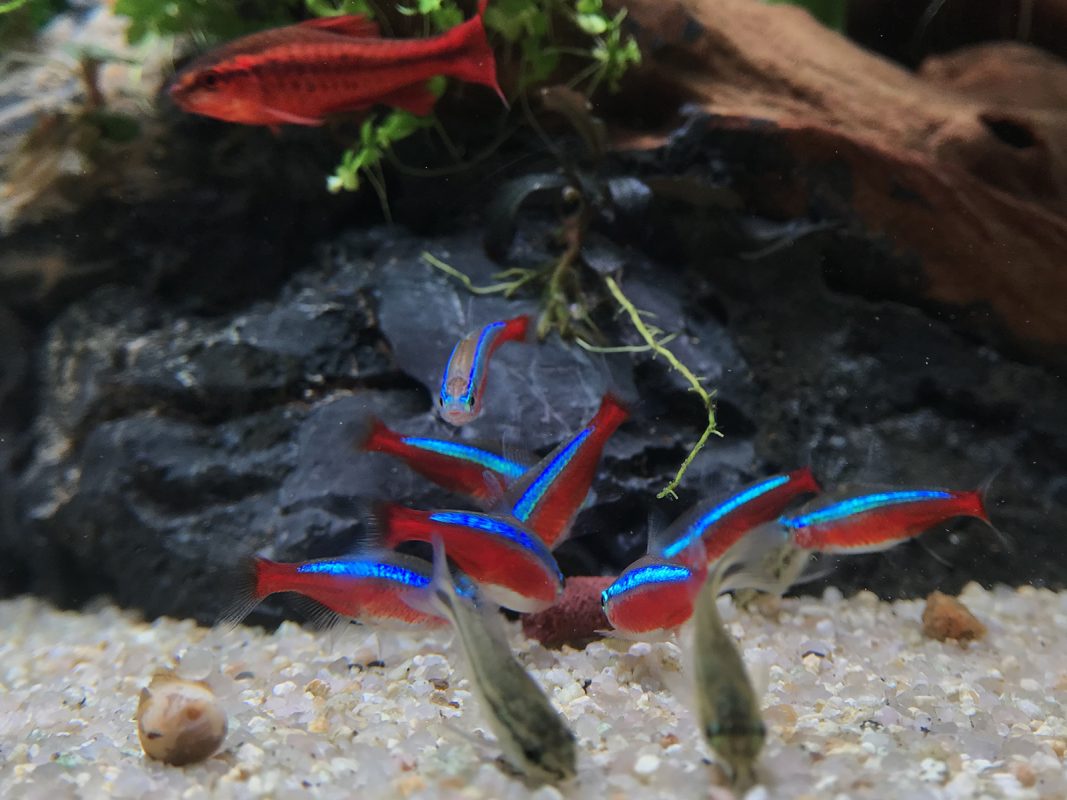Blogs
Easy to Care For Ornamental Fish for Beginners
Starting a new hobby can be both thrilling and challenging. Ornamental fish keeping is one such pursuit that offers serenity, an engaging learning curve, and a connection with nature. The vivid colors and fluid movements of these underwater denizens can transform any living space into a tranquil retreat. For beginners, the key to successful fishkeeping lies in selecting species that are forgiving of novice mistakes and still offer visual delight. This article delves into the fascinating world of beginner-friendly ornamental fish and provides essential information on how to nurture them.
The Best Easy-Care Ornamental Fish for Beginners
Goldfish
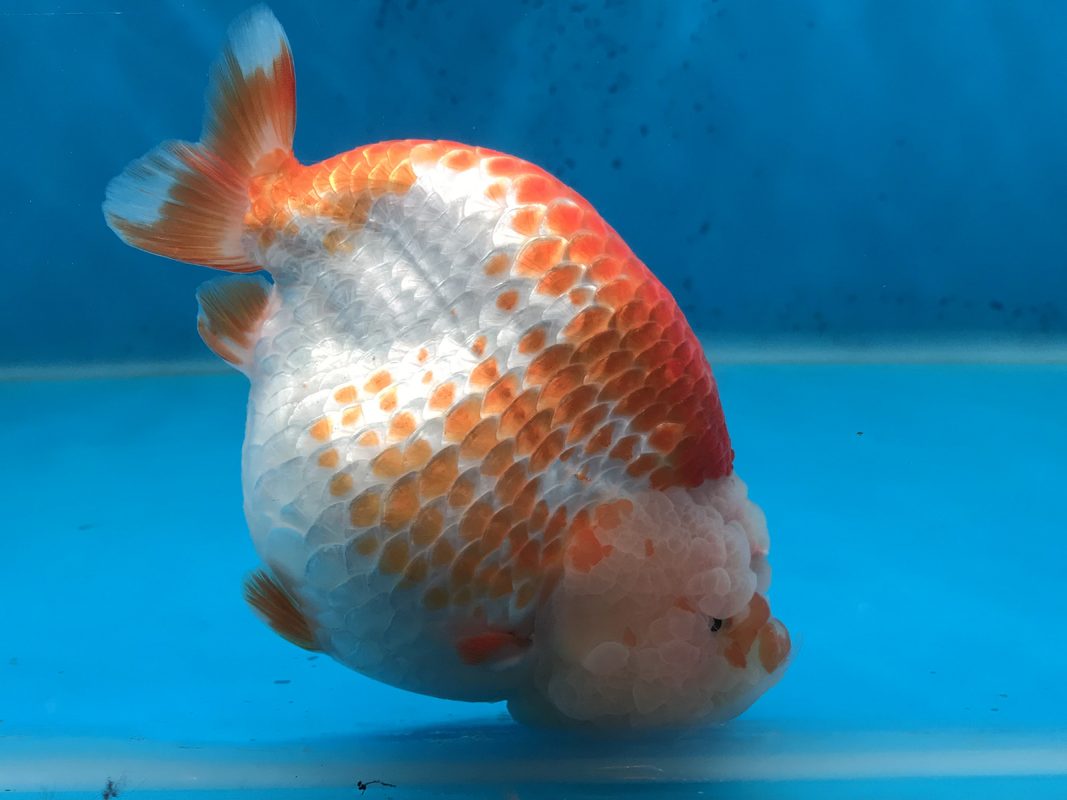
Goldfish are often the go-to choice for beginners. Their vibrant orange and gold scales can light up any aquarium, making them a living display of moving art.
Characteristics and Appearance Goldfish have a wide variety of types, from the common goldfish to the more exotic varieties like the Fantail and Ryukin. They can grow quite large, sometimes exceeding 12 inches in optimal conditions.
Care Requirements
- Tank Size: Minimum of 20 gallons for one goldfish, with an additional 10 gallons per extra fish.
- Water Parameters: Prefers a pH of 7.0-7.4 and a temperature range of 65-72°F.
- Feeding: Goldfish have a hearty appetite. Flakes, pellets, and the occasional vegetable treat will suffice.
Temperament and Compatibility Goldfish are generally peaceful but can be fin-nippers. They thrive best when kept with other goldfish but may not do well with delicate or small fish.
Betta Fish
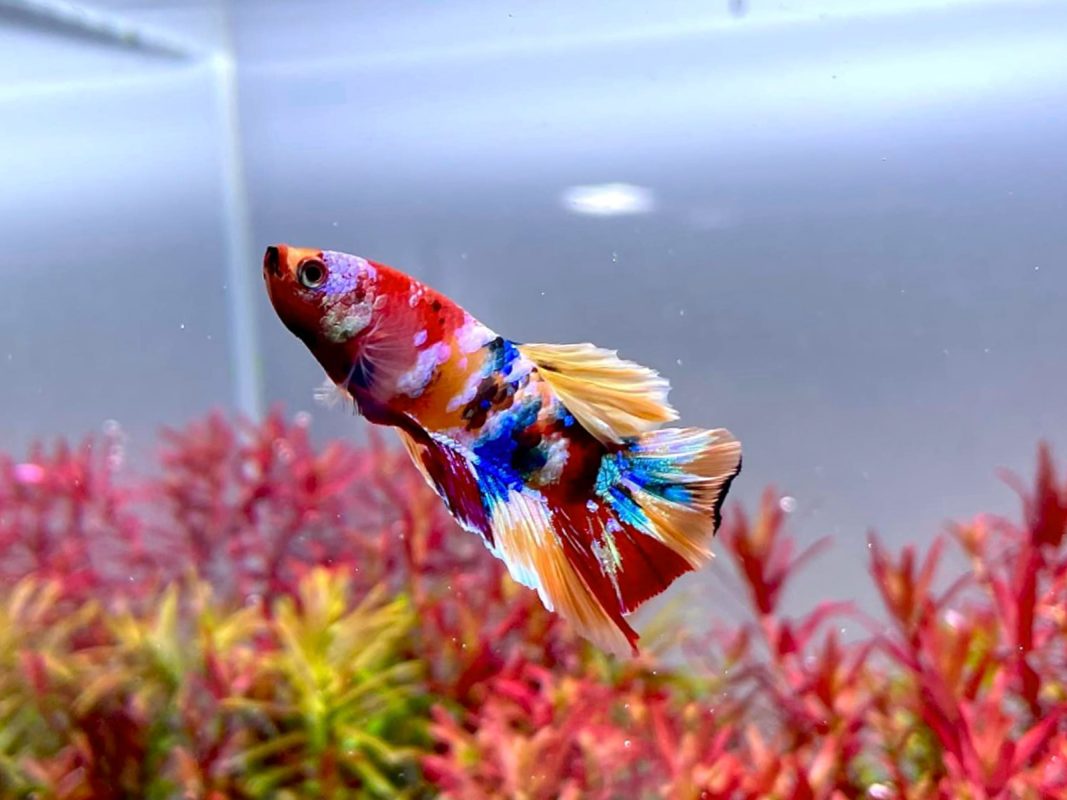
Betta splendens, often known as Siamese fighting fish, are renowned for their glorious fins and vibrant colors.
Characteristics and Appearance Bettas are detailed in an array of colors, including blue, red, purple, and white. Their long, flowing fins make them look like aquatic royalty.
Care Requirements
- Tank Size: At least a 5-gallon tank for one Betta.
- Water Parameters: Best kept at a pH of 6.5-7.5 and a temperature of 75-80°F.
- Feeding: A varied diet of Betta-specific pellets, flakes, and occasional live food like brine shrimp.
Temperament and Compatibility Male Bettas are territorial and best kept alone or with docile bottom-dwellers like Cory catfish. Females can sometimes cohabit in groups known as sororities under the right conditions.
Neon Tetras
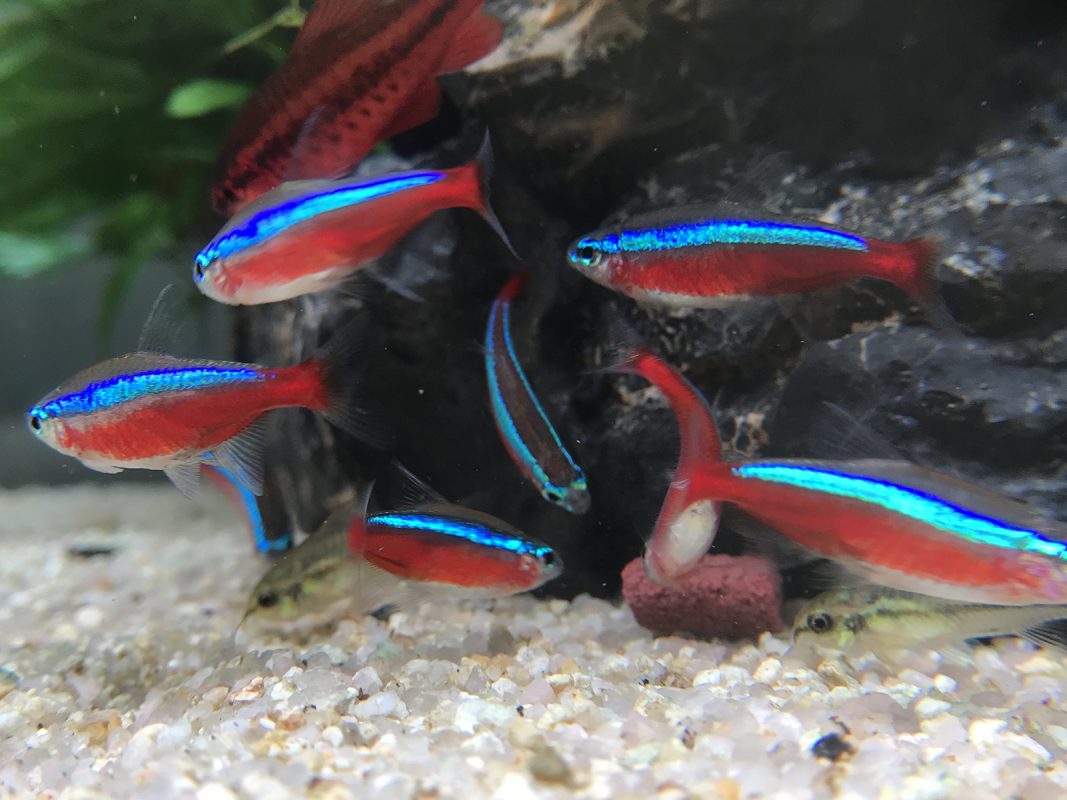
Neon Tetras are the quintessential community fish, known for their striking neon blue and red coloration.
Characteristics and Appearance These small fish, growing up to 1.5 inches, have an iridescent stripe that reflects light beautifully.
Care Requirements
- Tank Size: Minimum of 10 gallons, as they prefer swimming in schools.
- Water Parameters: Ideal pH is 6.0-7.0, with a temperature range of 70-81°F.
- Feeding: Small flake or pellet food, supplemented with live or frozen foods.
Temperament and Compatibility Neon Tetras are peaceful and thrive in schools of six or more. They make excellent companions for other peaceful fish like Guppies and Corydoras.
Platy Fish
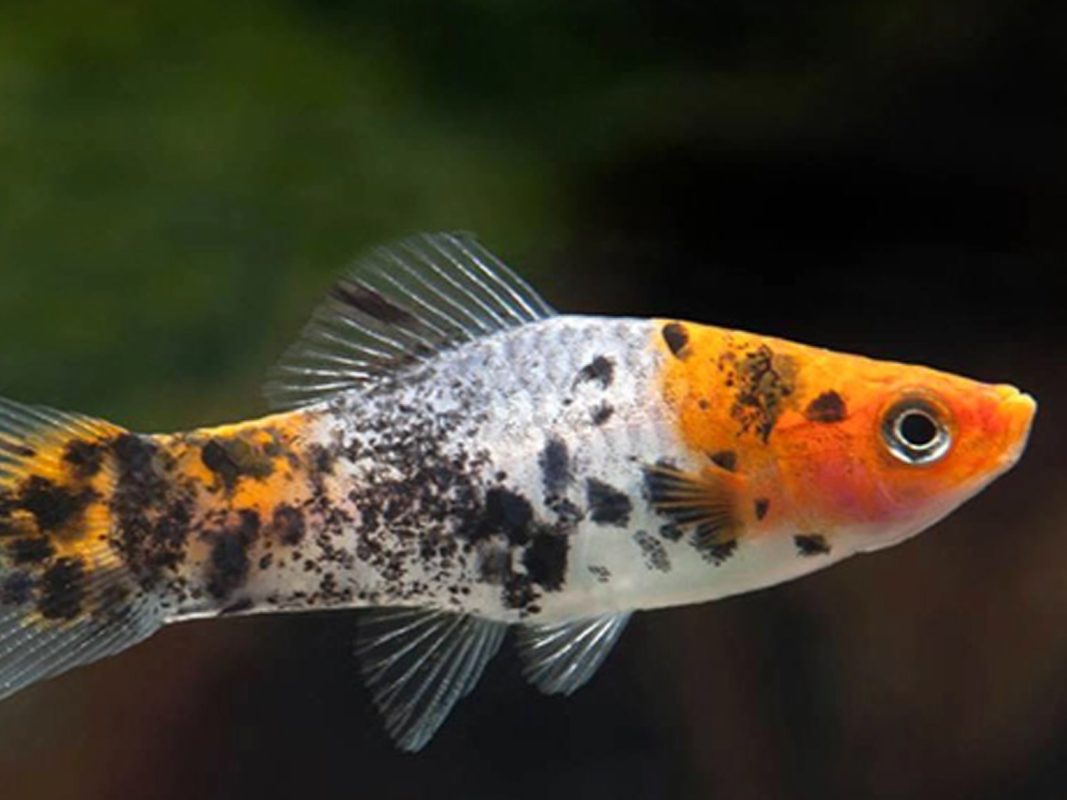
Platy fish are hardy, colorful, and incredibly easy to breed, making them ideal for beginner aquarists.
Characteristics and Appearance Platies come in various colors, ranging from red to blue and even dual-tone varieties.
Care Requirements
- Tank Size: At least 10 gallons.
- Water Parameters: Prefers a pH of 7.0-8.2 and a temperature range of 70-77°F.
- Feeding: Omnivores, so a mix of flake food, pellets, and occasional vegetable matter.
Temperament and Compatibility Platies are gentle and get along well with other peaceful fish, such as Mollies and Guppies.
Guppy Fish
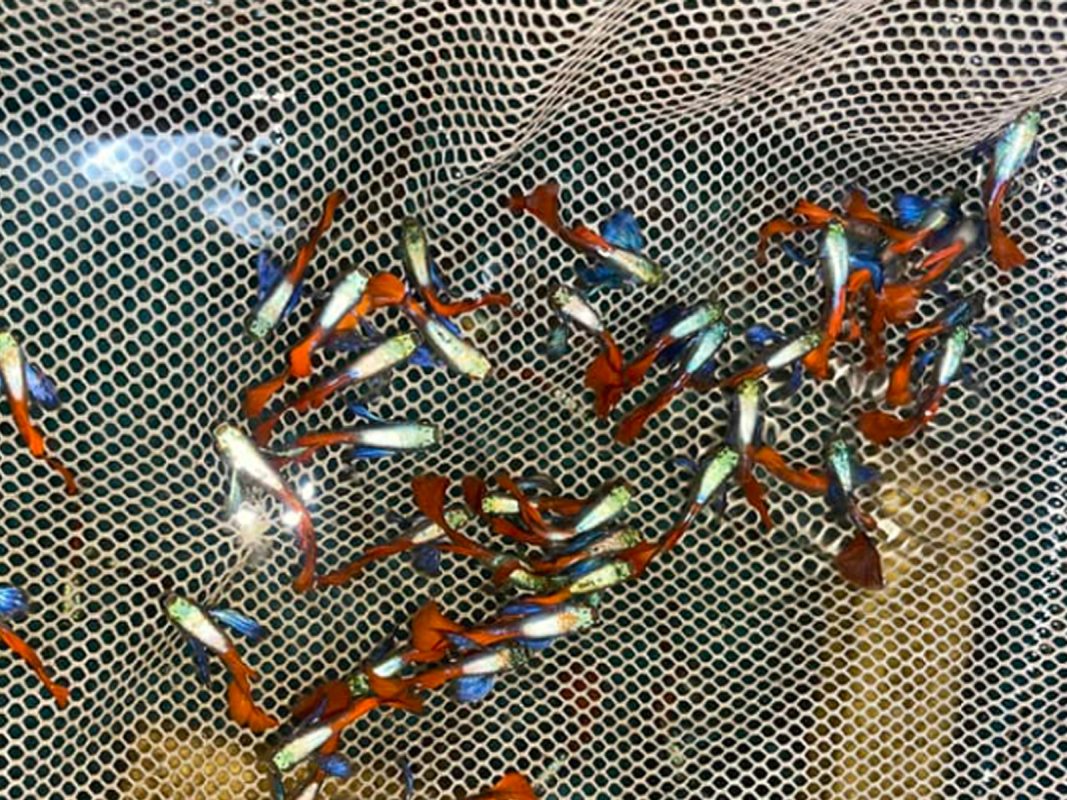
Guppies are small, vibrant fish that add a splash of color to any aquarium.
Characteristics and Appearance These fish come in almost every color imaginable and have distinctive fan-shaped tails.
Care Requirements
- Tank Size: A minimum of 5 gallons.
- Water Parameters: A pH of 7.0-8.0 and a temperature range of 72-82°F.
- Feeding: Flake food, supplemented with brine shrimp or daphnia.
Temperament and Compatibility Guppies are generally peaceful and thrive in groups of their own kind. They mix well with other small, non-aggressive fish.
Setting Up a Fish Tank for Beginners
Choosing the Right Tank
Selecting the right tank is the foundation of successful fishkeeping. The size and type of tank can significantly impact the well-being of your fish.
Tank Size Considerations
- Small Tanks: Ideal for a single Betta or a few small fish. Easier to manage and fit into limited spaces.
- Medium Tanks: In the range of 20-40 gallons, these tanks are versatile for various fish species and provide more stability in water parameters.
- Large Tanks: Over 40 gallons, perfect for larger fish and community tanks.
Types of Aquarium Tanks
- Glass Tanks: Durable and provide clear viewing but can be heavy.
- Acrylic Tanks: Lighter and more resistant to impact but can scratch easily.
Essential Equipment
Equipping your tank with the right tools ensures a healthy, vibrant environment for your fish.
Filter (Types and Importance)
- Hang-on-back (HOB) Filters: Easy to maintain and effective for small to medium tanks.
- Canister Filters: Ideal for larger tanks, offering superior filtration.
- Sponge Filters: Gentle on small or delicate fish and fry.
Heater (Temperature Requirements) Most ornamental fish are tropical and require a stable temperature.
- Preset Heaters: Maintain a fixed temperature within a specific range.
- Adjustable Heaters: Allow you to set precise temperatures, ideal for species with specific needs.
Lighting (Types and Importance) Lighting not only illuminates your tank but also supports plant growth and shows off your fish’s colors.
- LED Lights: Energy-efficient and versatile, with options for different color spectrums.
- Fluorescent Lights: Provide strong illumination, beneficial for planted tanks.
Water Parameters
Maintaining the right water conditions is critical for your fish’s health.
pH Levels Different fish prefer varying pH levels. Regular testing ensures you’re within the correct range for your species.
Temperature The stability of temperature is crucial. Fluctuations can stress fish and make them susceptible to disease.
Ammonia, Nitrite, and Nitrate Levels
- Ammonia and Nitrite: Toxic even at low levels. Must be zero in a healthy tank.
- Nitrate: Less harmful but should be kept under control with regular water changes.
Importance of Water Testing and Maintenance Using water testing kits allows you to monitor and adjust water conditions before they become problematic.
Caring for Your Fish
Feeding
A balanced diet is essential for robust, healthy fish.
Types of Fish Food
- Flakes: Suitable for surface feeders.
- Pellets: Sink and can provide better nutrition for mid-water or bottom-dwellers.
- Live Food: Includes brine shrimp and daphnia, offering natural nutrition.
- Frozen Food: Convenient and often more nutritious than dry foods.
Feeding Frequency and Amount Feeding should be done once or twice daily, providing only what the fish can consume in a few minutes. Overfeeding can lead to water quality issues and health problems.
Overfeeding and Its Consequences Excess food decomposes in the tank, leading to ammonia spikes and promoting algae growth, which can suffocate plants and harm fish.
Water Changes
Regular water changes are crucial for maintaining a healthy tank environment.
Importance of Regular Water Changes Water changes reduce harmful waste buildup and replenish essential minerals, promoting a stable environment.
Frequency and Amount of Water Changes
- Small Tanks: 20-30% weekly.
- Medium to Large Tanks: 10-20% weekly or bi-weekly.
Techniques for Performing Water Changes
- Gravel Vacuuming: Removes waste from the substrate.
- Dechlorinated Water: Ensure new water is treated to remove harmful chlorine and chloramines.
Tank Maintenance
Routine maintenance keeps your tank clean and your fish healthy.
Cleaning the Tank and Decorations Regular cleaning prevents algae buildup and maintains aesthetic appeal. Use aquarium-specific cleaning tools to avoid harmful residues.
Siphoning the Gravel This removes accumulated waste and uneaten food, preventing toxic ammonia buildup.
Algae Control
- Manual Removal: Scrape off algae from glass and decorations.
- Algae Eaters: Introducing fish like the Siamese algae eater can help control algae naturally.
Common Problems and Solutions
Fish Disease
Diseases can quickly spread in an aquarium, but early detection and treatment can save your fish.
Recognizing Common Fish Diseases
- Fin Rot: Characterized by frayed fins, often caused by poor water quality.
- Ich: White spots on the body and gills, indicating a parasitic infection.
- Fungal Infections: Cotton-like growths on the fish’s body or fins.
Prevention and Treatment Methods Maintaining clean water and a stress-free environment can prevent most diseases. Medications are available for specific conditions, but it’s essential to follow dosage instructions carefully.
Water Quality Issues
Poor water quality can have detrimental effects on fish health.
Identifying Signs of Poor Water Quality
- Cloudy Water: Indicates a bacteria bloom or excess waste.
- Fish Behavior: Open-mouth breathing, lethargy, or erratic swimming can signal distress.
Addressing Water Quality Problems
- Regular Water Changes: Consistent maintenance can prevent most issues.
- Filter Maintenance: Clean or replace filter media as needed to ensure efficient filtration.
Conclusion
Choosing easy-to-care-for ornamental fish and following best practices in tank maintenance allows aspiring aquarists to dive into this rewarding hobby. Beginners who educate themselves and maintain a steady routine will find great joy in the vibrant, dynamic world of fishkeeping. These underwater worlds not only offer a visual feast but also a soothing retreat from the hustle and bustle of everyday life. Whether it’s the majestic goldfish or the lively guppies, each species brings its unique charm and opens a window into the wonders of aquatic life. So, set up your tank, and immerse yourself in this serene, captivating world with confidence and excitement.

